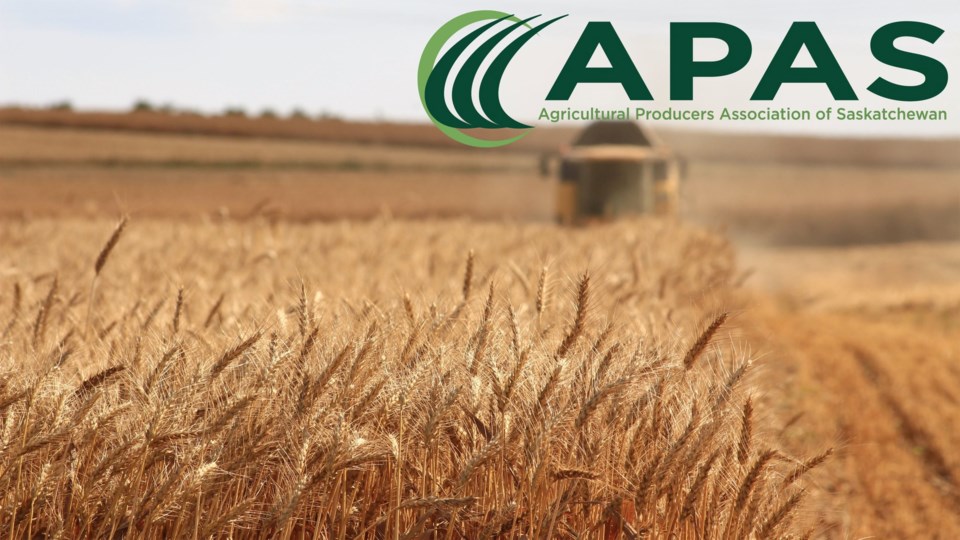In response to ongoing drought conditions across the province, the Agricultural Producers Association of Saskatchewan (APAS) is calling for the creation of a province-wide Drought Preparedness Committee.
The president of APAS, Ian Boxall, sent a formal letter stating the request to Minister Marit with the Ministry of Agriculture on the morning of March 6, thereby taking the first step to formulate the proposed committee.
Boxall said some areas of the province have now been facing around five years of drought conditions – notably in the southwest and west-central regions – and APAS always felt a proactive approach to policy development is the best approach.
“We were sitting there thinking maybe there’s a way that we could be proactive in our approach to drought, and with it having such a huge effect on producers and on local communities…,” he said.
“We’re just asking the government to strike a committee with stakeholders and community representatives, and let’s get together and collaborate with the expertise and (with some) innovation maybe we can get there.”
His goal is to create a forward-looking committee that anticipates drought conditions and operates with a proactive plan already in place.
“Let’s get ahead of the curve and try to have some of those conversations now, rather than in the thick of it when everybody’s busy…,” he advised.
The proposed committee would consist of numerous stakeholders and agricultural experts, and organizations could include APAS, SARM (Sask. Association of Rural Municipalities), the Cattlemen’s Association, stockholders, government, water management researchers, as well as members from heavily affected communities.
After a dry winter, Boxall said that recent snowfall across the prairies should at least provide some reprieve for producers.
“So, we’re not out of the woods yet, but I do think the snow would have helped alleviate some of the pressure and stress that producers would have been feeling going into this year.”
When it comes to the production of hay and other livestock feed crops, Boxall said an April rainfall is the best way to start the growing season.
“It’s the first part of March — winter isn’t over in Saskatchewan, and we know we can get more snow yet, which we will welcome,” he said.
“At the end of the day, we still need those timely rains in the spring and throughout the summer to ensure we have the crop and feed for the livestock that is required.”
The proposed Drought Preparedness Committee would serve a number of critical functions.
These functions include early warning and mitigation of drought conditions, a review of resource allocation, including stakeholder engagement, and long-term planning to ensure infrastructure, technology, and research are adequately funded.
These measures would work in tandem with a number of strategies to help mitigate the risks brought on by drought conditions. Strategies include multi-year yield cushioning, greenfeed conversion, and other approaches to address the consequences of a changing climate.
“I think that’s the biggest thing — a lot of times, when it comes to drought… we’re always reactive. Sometimes you don’t get the best policy when you have to rush it and be reactive,” Boxall said.
There’s no expected timeframe for the government’s response, but Boxall remains confident that the idea is now in the right hands.
“We sent (the request) to the government, and we’ll give them time to dissect and digest it… They have a lot of great people… who work on policy and on this stuff every day. Let’s see what they come back with.”
Boxall’s leading concern is for the government to establish the committee in a proactive manner, such that the provincial agriculture minister will prioritize drought resilience and preparedness ahead of the 2024 growing season.
For more information about APAS, visit apas.ca.
To view the provincial drought map, visit Agriculture.Canada.ca and search for “Current drought conditions.” Boxall said the drought map should be updated next on Friday, March 8.




